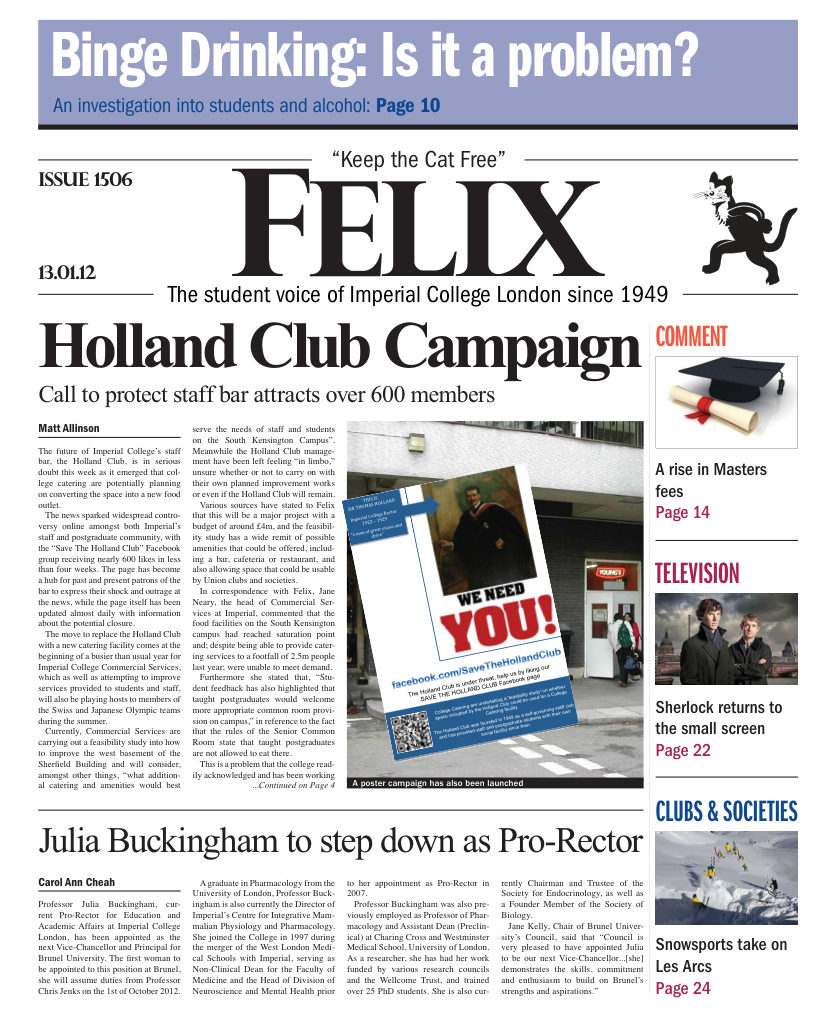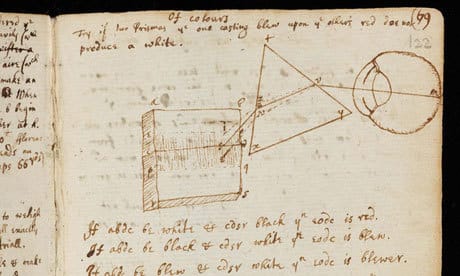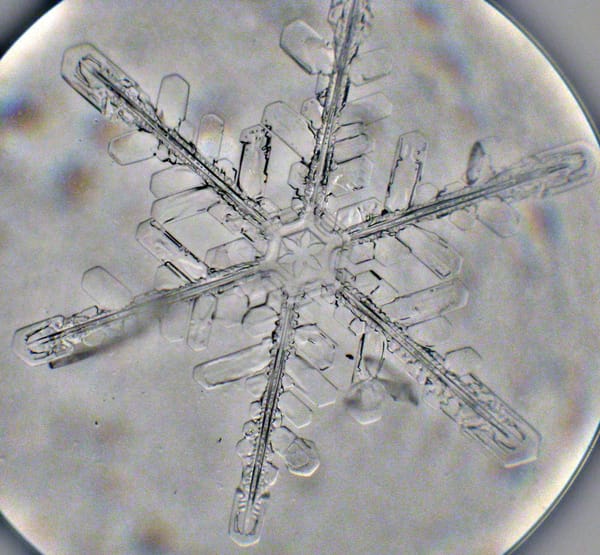Have you seen my time cloak?
Pavitar Devgon explores how this object that currently only exists in the world of sci-fi could soon become reality

Yes, you read right: time cloak. But what is this mysterious device? Well, it works to conceal an event in time. This is not just science fiction; experiments and investigations have been carried out to show that such a cloak might actually be a possibility.
Now before you get too many wild ideas, let me preface this article by saying that there is no garment that allows you to escape from even the worst lectures. Imagine a spatial cloak which renders what is inside invisible. Most ideas concerning this use the refraction of light and bend light around a spatial region using lenses with negative refractive indices, to make it appear undetectable.
Instead of diffracting and refracting light, the time lenses affect its dispersion. For an event to be detected in time or space, you need to change, manipulate or somehow alter a parcel of light. When we view an object on the table, what we are seeing is all the light reflected off its surface. Just as a spatial cloak warps light around space, the time lens will similarly affect light and not allow it to reflect of the region. To achieve this, Moti Fridman and his research team at Cornell University accelerated the front of the incident light and delayed its rear part.
A split time lens creates a “frequency chirp” which is interpreted as separating the red and blue parts of the spectral wave and delaying them. A single-mode fibre further delays higher wavelengths while speeding up shorter wavelengths with respect to the initial beam. There comes a point where the region is fully isolated. The process is then reversed so that the regular wave is detected and it is unnoticeable that the wave has been changed at all.
The best visualisation I can give is to imagine a sheet of light coming towards the zone, which has different wavelengths being sped up and slowed down so the light bends around the region, analogously to an invisible spatial lensing effect.
Whether or not you can imagine it – as with the case of most modern high level physics, even Richard Feynman said “I think I can safely say that nobody understands quantum mechanics” – Fridman’s team was able to experiment using the method and showed that the lens actually can mask an event to a high degree.
The experiment was set up so a 1569nm light pulse interacted with a non-linear fibre, producing a 1539nm signal. The 1539nm signal was clearly observed when the cloak was turned off, however once activated, the cloak reduced the amplitude to noise levels.
While the time cloak is not 100% efficient, it did conceal the majority of the fibre, reducing the amplitude by more than 10 times. To greater increase efficiency, the ‘temporal gap’ can be widened by exaggerating the dispersion of light between the split time lenses. There is a trade-off here though as the effects of third-order dispersion arise and interferes with the experiment, reducing efficiency.
While these experiments do provide strong evidence that we should continue research into this field, they are just the beginning and it will still be a long time before you can weave your own time cloak from tachyon hairs and use it to escape from bad lectures. In the mean time, we will just have to risk being seen.
DOI: 10.1038/nature10695









